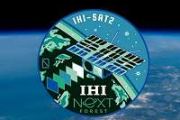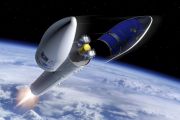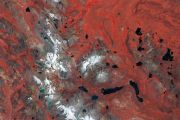
Copernical Team
Introducing ESA Careers Week: 2-5 May 2022
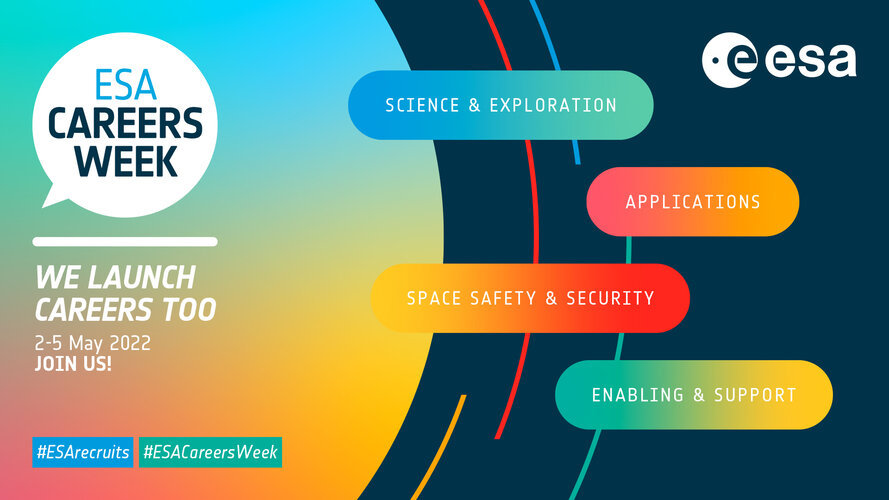
Want to find out about applying for a job at ESA? Want to hear about the projects our teams are working on? Interested in joining our online job fair? You can do all this and more at ESA Careers Week from 2 - 5 May — save the date!
ESA astronaut performs simulated polar Moon landing
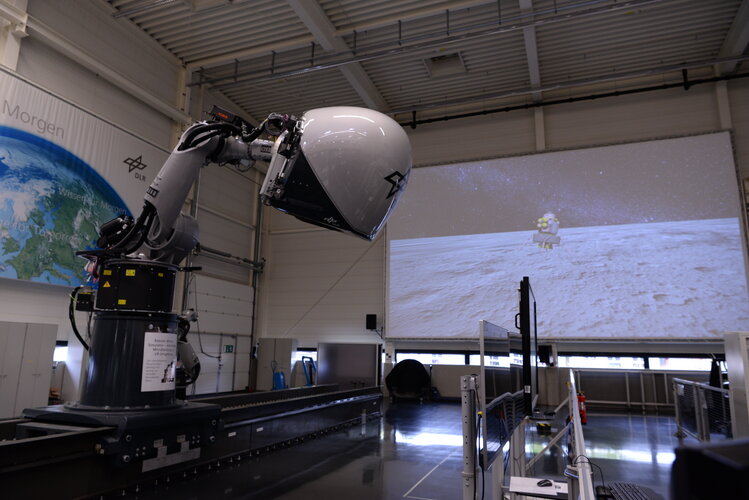
Side-lit by the Sun, its heavily cratered surface mired in shadow, the south pole of the Moon represents a highly challenging lunar landing target. Italian ESA astronaut Roberto Vittori took to an advanced flight simulator to try out a mock polar touchdown as part of a project to design a ‘human-in-the-loop’ lunar landing system.
SpaceX delivers several NanoAvionics satellites to orbit
 Friday's SpaceX Transporter-4 mission included three satellites built by smallsat mission integrator NanoAvionics for multiple customers.
MP42 is NanoAvionics' largest satellite built and launched so far, based on one of the first commercially available modular microsatellite buses in the industry. MP42 is a rideshare mission, and part of the company's ongoing program. It's hosting multipl
Friday's SpaceX Transporter-4 mission included three satellites built by smallsat mission integrator NanoAvionics for multiple customers.
MP42 is NanoAvionics' largest satellite built and launched so far, based on one of the first commercially available modular microsatellite buses in the industry. MP42 is a rideshare mission, and part of the company's ongoing program. It's hosting multipl SpaceX delivers Blue Canyon built GNOMES-3 microsat to orbit for PlanetiQ
 Small satellite manufacturer and mission services provider Blue Canyon Technologies LLC ("BCT" or "Blue Canyon"), a wholly-owned subsidiary of Raytheon Technologies, hsa announced the successful launch of GNOMES-3, aboard the SpaceX Falcon 9 Transporter-4 mission on April 1.
GNOMES-3 is an ESPA-class microsat spacecraft bus, which Blue Canyon manufactured for PlanetiQ. BCT provided the mic
Small satellite manufacturer and mission services provider Blue Canyon Technologies LLC ("BCT" or "Blue Canyon"), a wholly-owned subsidiary of Raytheon Technologies, hsa announced the successful launch of GNOMES-3, aboard the SpaceX Falcon 9 Transporter-4 mission on April 1.
GNOMES-3 is an ESPA-class microsat spacecraft bus, which Blue Canyon manufactured for PlanetiQ. BCT provided the mic Satcom Direct plane simple antenna system takes off
 Satcom Direct, the business aviation solutions provider, is celebrating Federal Aviation Association, (FAA) approval of Supplemental Type Certificates, (STCs) for the Satcom Direct Plane Simple Ku-band tail-mounted Antenna System. Following a multi-model, (AML) STC approval, Gulfstream G550, G450, GV and GIV types can now be equipped with the advanced technology terminal.
The Satcom Direct
Satcom Direct, the business aviation solutions provider, is celebrating Federal Aviation Association, (FAA) approval of Supplemental Type Certificates, (STCs) for the Satcom Direct Plane Simple Ku-band tail-mounted Antenna System. Following a multi-model, (AML) STC approval, Gulfstream G550, G450, GV and GIV types can now be equipped with the advanced technology terminal.
The Satcom Direct The Milky Way's inner ring
 Using a combination of observed stars and a realistic model of the Milky Way, scientists at the Max Planck Institute for Extraterrestrial Physics have found a new structure in our home galaxy. Just outside the Galactic bar, they found an inner ring of metal rich stars, which are younger than the stars in the bar. The ages of the ring stars can be used to estimate that the bar must have formed
Using a combination of observed stars and a realistic model of the Milky Way, scientists at the Max Planck Institute for Extraterrestrial Physics have found a new structure in our home galaxy. Just outside the Galactic bar, they found an inner ring of metal rich stars, which are younger than the stars in the bar. The ages of the ring stars can be used to estimate that the bar must have formed SOFIA maps the first magnetic fields of a galactic bone in their entirety
 The Stratospheric Observatory for Infrared Astronomy (SOFIA) -a joint project of NASA and the German Space Agency at DLR-mapped the very first and most detailed map of the long filaments that outline the densest part of a galaxy's arms (galactic bones). It is the most detailed map of the magnetic fields of G47-a giant filamentary bone in the Milky Way. The results were published in The Astrophys
The Stratospheric Observatory for Infrared Astronomy (SOFIA) -a joint project of NASA and the German Space Agency at DLR-mapped the very first and most detailed map of the long filaments that outline the densest part of a galaxy's arms (galactic bones). It is the most detailed map of the magnetic fields of G47-a giant filamentary bone in the Milky Way. The results were published in The Astrophys Webb's mid-infrared instrument cooldown continues
 "The Mid-Infrared Instrument (MIRI) and other Webb instruments have been cooling by radiating their thermal energy into the dark of space for the bulk of the last three months. The near-infrared instruments will operate at about 34 to 39 kelvins, cooling passively. But MIRI's detectors will need to get a lot colder still, to be able to detect longer wavelength photons. This is where the MIRI cry
"The Mid-Infrared Instrument (MIRI) and other Webb instruments have been cooling by radiating their thermal energy into the dark of space for the bulk of the last three months. The near-infrared instruments will operate at about 34 to 39 kelvins, cooling passively. But MIRI's detectors will need to get a lot colder still, to be able to detect longer wavelength photons. This is where the MIRI cry How likely is the multiverse model a reality
 In fiction and in films such as Spiderman: Into the Spider-Verse, parallel universes - also called the multiverse - exist alongside our own, with anything from small differences in events to entirely different rules of physics. It is an exciting and fascinating idea. Physicists have given the question of whether parallel universes could exist a lot of thought - and have come up with quite a few
In fiction and in films such as Spiderman: Into the Spider-Verse, parallel universes - also called the multiverse - exist alongside our own, with anything from small differences in events to entirely different rules of physics. It is an exciting and fascinating idea. Physicists have given the question of whether parallel universes could exist a lot of thought - and have come up with quite a few Hubble probes extreme weather on ultra-hot Jovian exoplanets
 In studying a unique class of ultra-hot exoplanets, NASA Hubble Space Telescope astronomers may be in the mood for dancing to the Calypso party song "Hot, Hot, Hot." That's because these bloated Jupiter-sized worlds are so precariously close to their parent star they are being roasted at seething temperatures above 3,000 degrees Fahrenheit. That's hot enough to vaporize most metals, including ti
In studying a unique class of ultra-hot exoplanets, NASA Hubble Space Telescope astronomers may be in the mood for dancing to the Calypso party song "Hot, Hot, Hot." That's because these bloated Jupiter-sized worlds are so precariously close to their parent star they are being roasted at seething temperatures above 3,000 degrees Fahrenheit. That's hot enough to vaporize most metals, including ti 

















